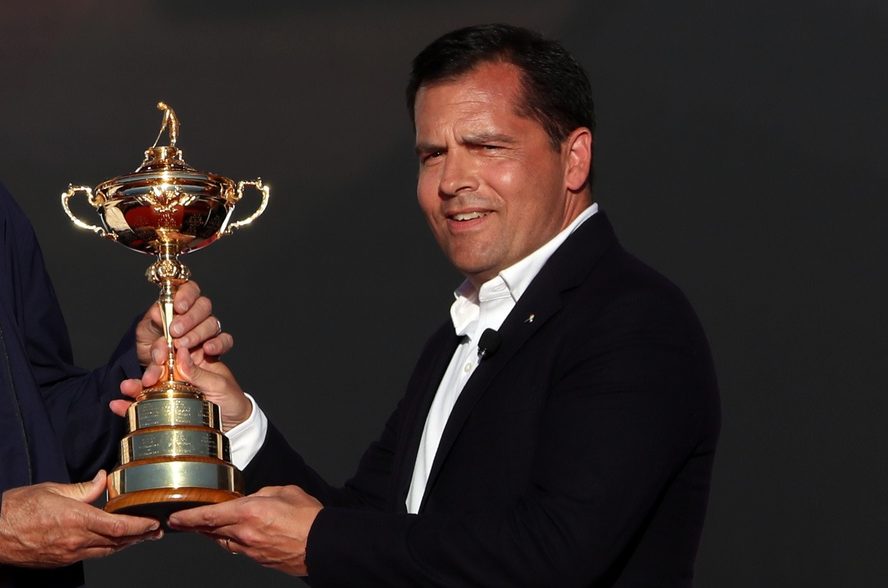The Premier League is once again consumed with fan unrest about rising ticket prices, a development that brings a dark undercurrent to an accelerating post-pandemic economic recovery.
Fans for several of the Premier League’s most powerful and valuable clubs—including current standings leader Liverpool, four-time defending champion Manchester City, Manchester United, and Everton—staged public protests this past weekend, coordinated under the slogan and online hashtag #StopExploitingLoyalty.
Nineteen of 20 Premier League clubs raised their prices this season, according to the U.K. fan advocacy group Football Supporters’ Association. That follows price hikes for 17 of 20 clubs ahead of the 2023–2024 season, creating similar levels of angst. But this year, the preseason jumps have been followed up by unprecedented midseason jumps for some clubs, notably Manchester United, bringing the issue to a new level of prominence.
“Tickets are the access point for match-going supporters,” wrote the Manchester United Supporters’ Trust in an open letter to club CEO Omar Berrada. “By exploiting them, you risk losing the goodwill and affinity which brings so much added value to the club, not just in support for the team but financially as well, both in terms of fans’ discretionary spend and also value for sponsors. The marginal gains in ticket revenue will be outweighed by the loss in these other areas.”
Though the rivalries between many of these clubs go back more than a century and are legendarily intense, there is rare alignment on the ticket pricing issue.
“We all go to games, love our club, and want to keep football affordable for future generations whilst protecting heritage and communities,” said FC58, another Manchester United fan group. “The only way we can achieve this is collaboration. This is our first step. This movement will grow.”
Far from simply complaining, fan groups in English pro soccer can often hold sizable influence on actual business operations—driven in part by a long-held notion of each club being deeply intertwined with that local community.
Bigger Backdrop
The current fan unrest arrives as the broader Premier League financial picture continues to improve, and the reliance on gate revenue continues to shrink relative to growth in the media sector. The Premier League said last week that its total commercial and broadcast revenue for the 2025–2028 cycle is set to grow 17% to $15.3 billion. International media rights are a particular driver of that growth.
That escalation, meanwhile, follows this past summer’s report from Deloitte in which the Premier League again topped Europe’s top pro leagues by far, generating $7.43 billion in revenue during the 2022–2023 season, the first operating without restrictions after the COVID-19 pandemic.

















